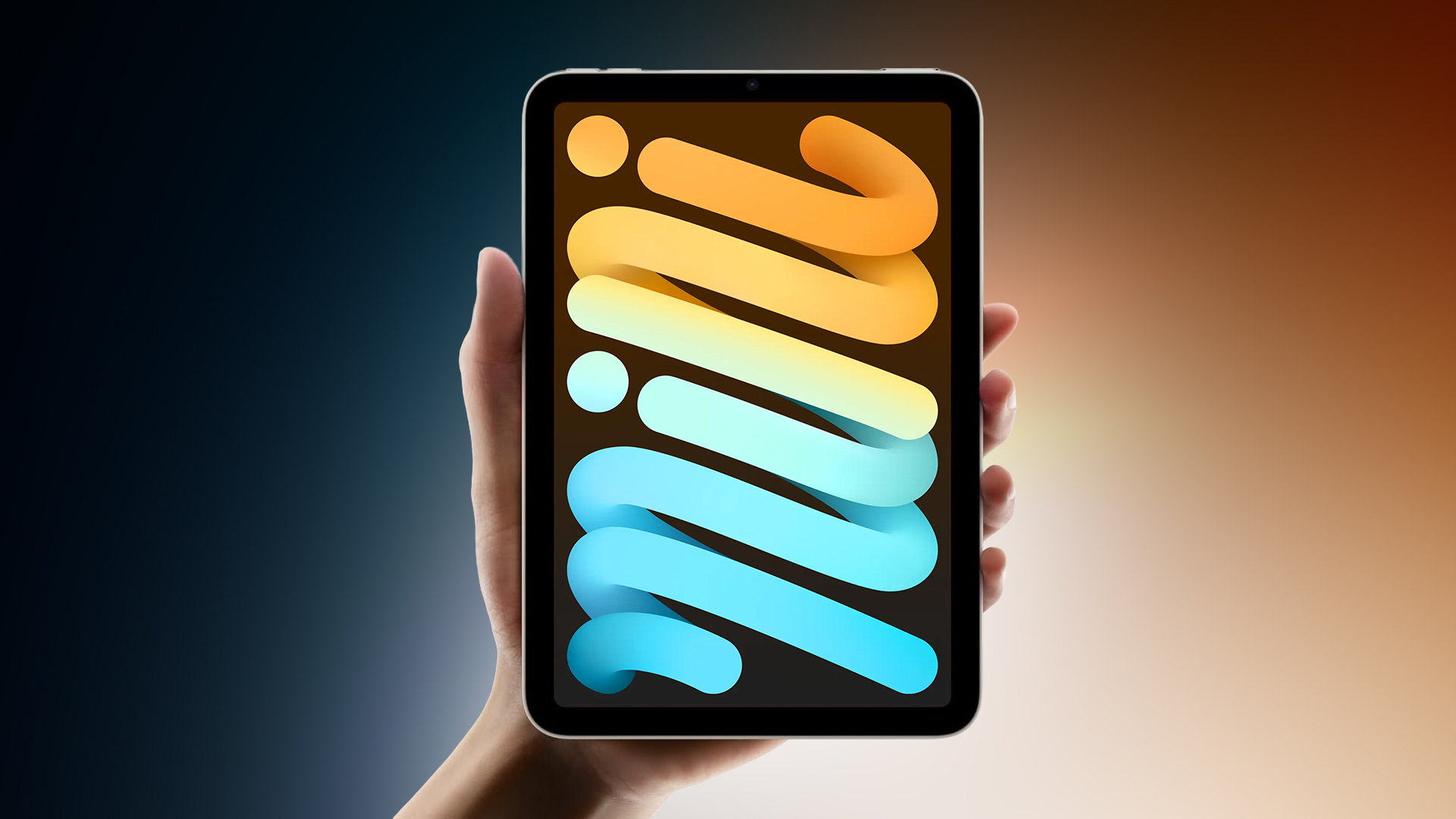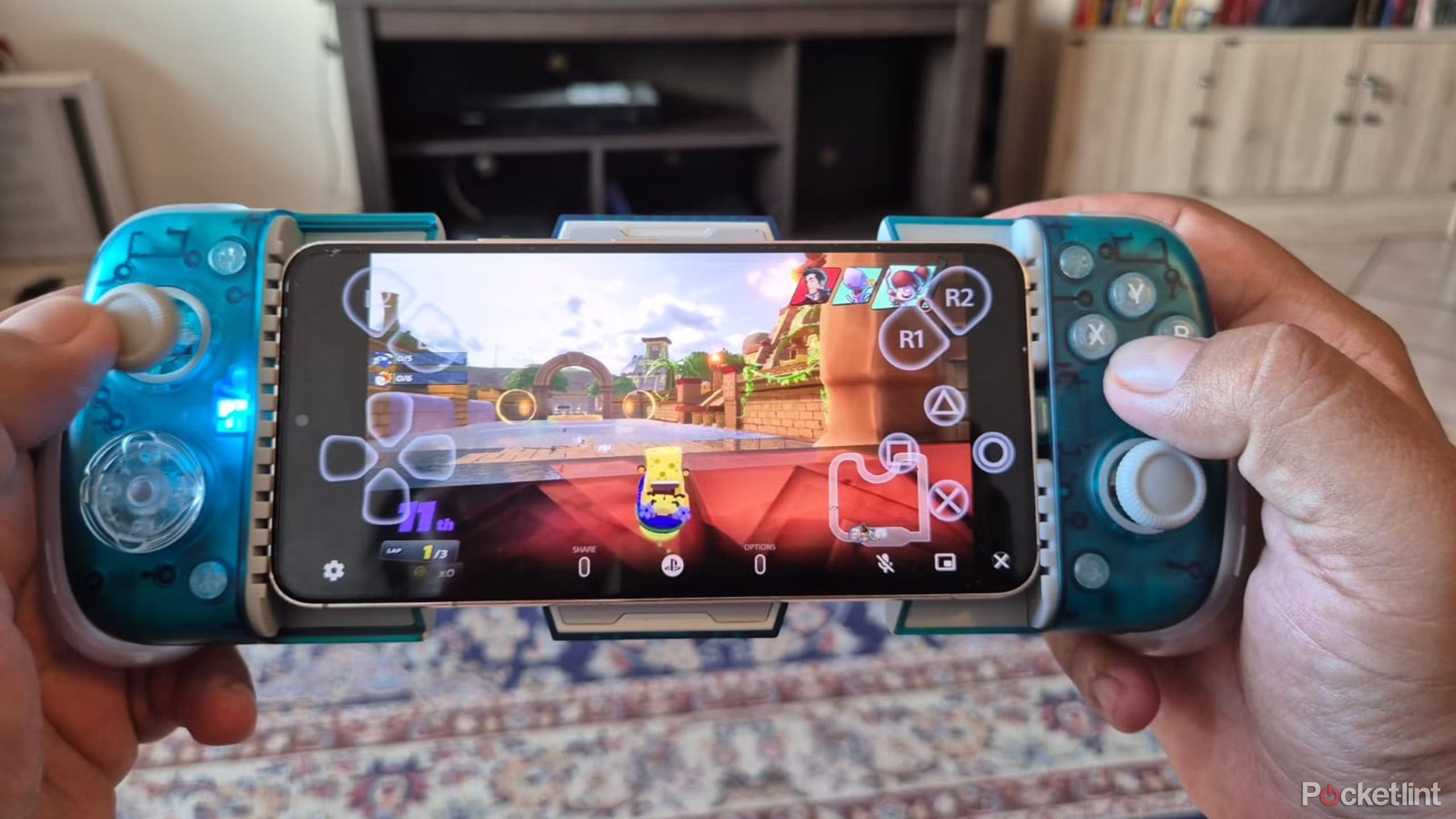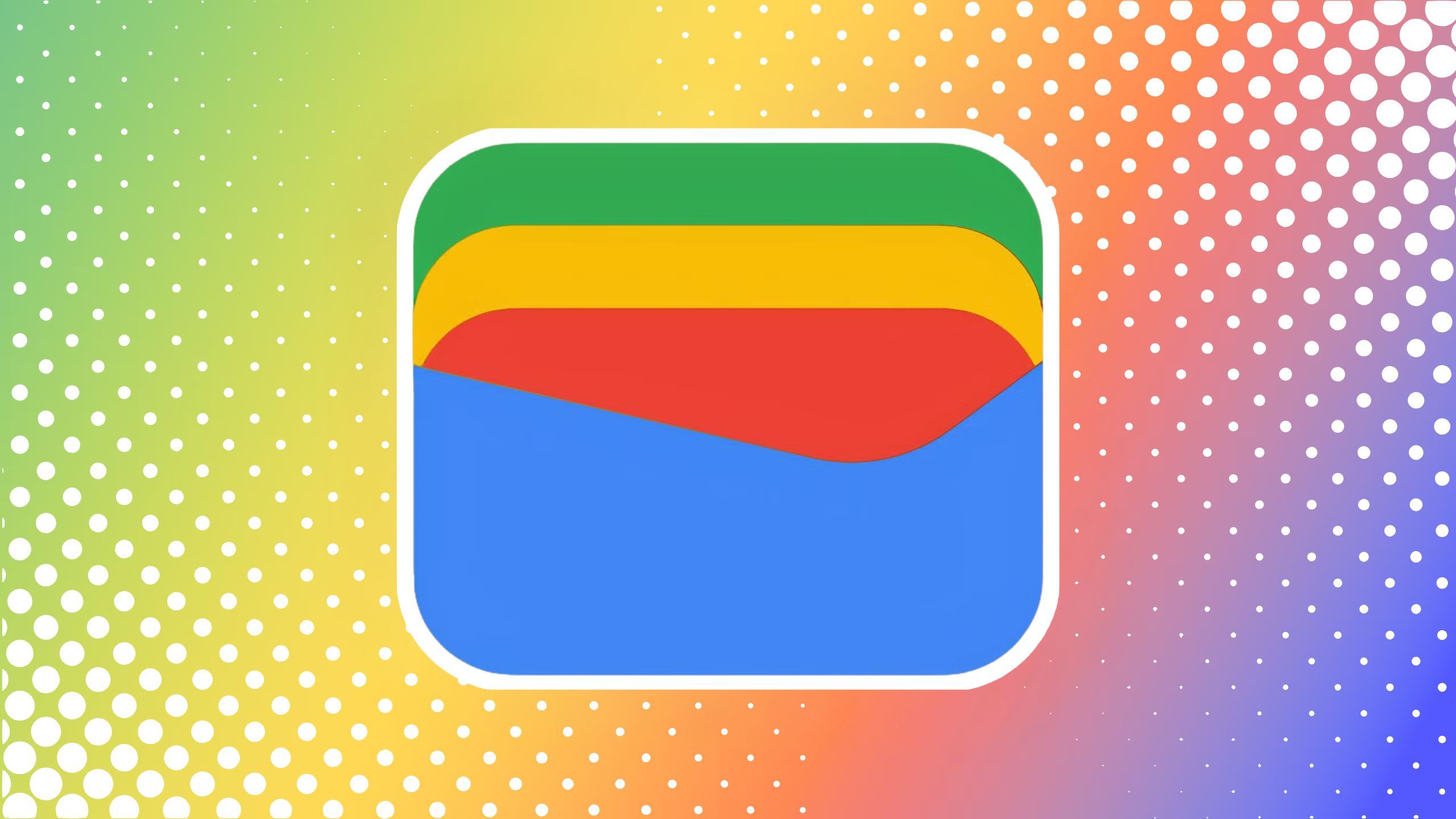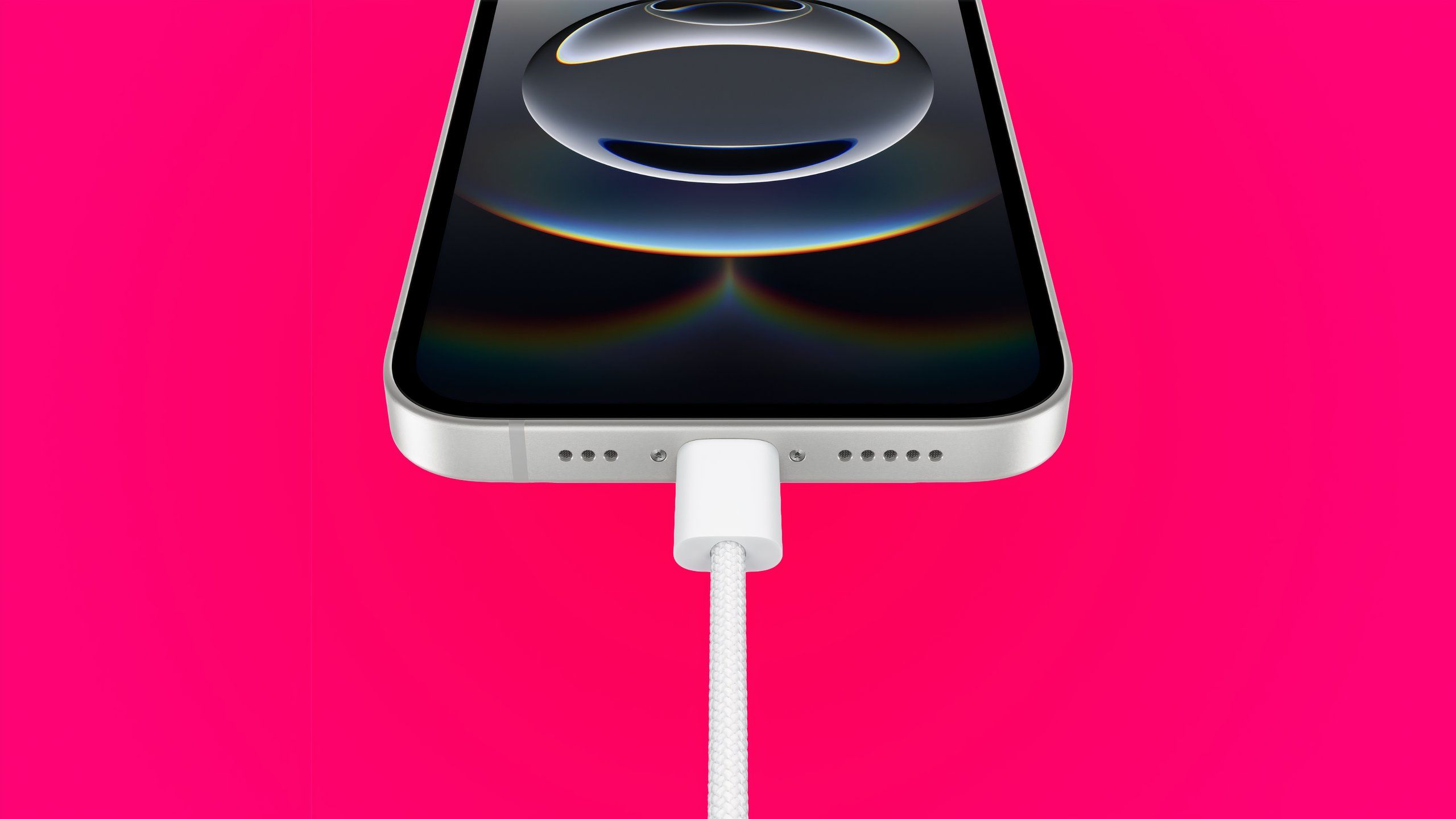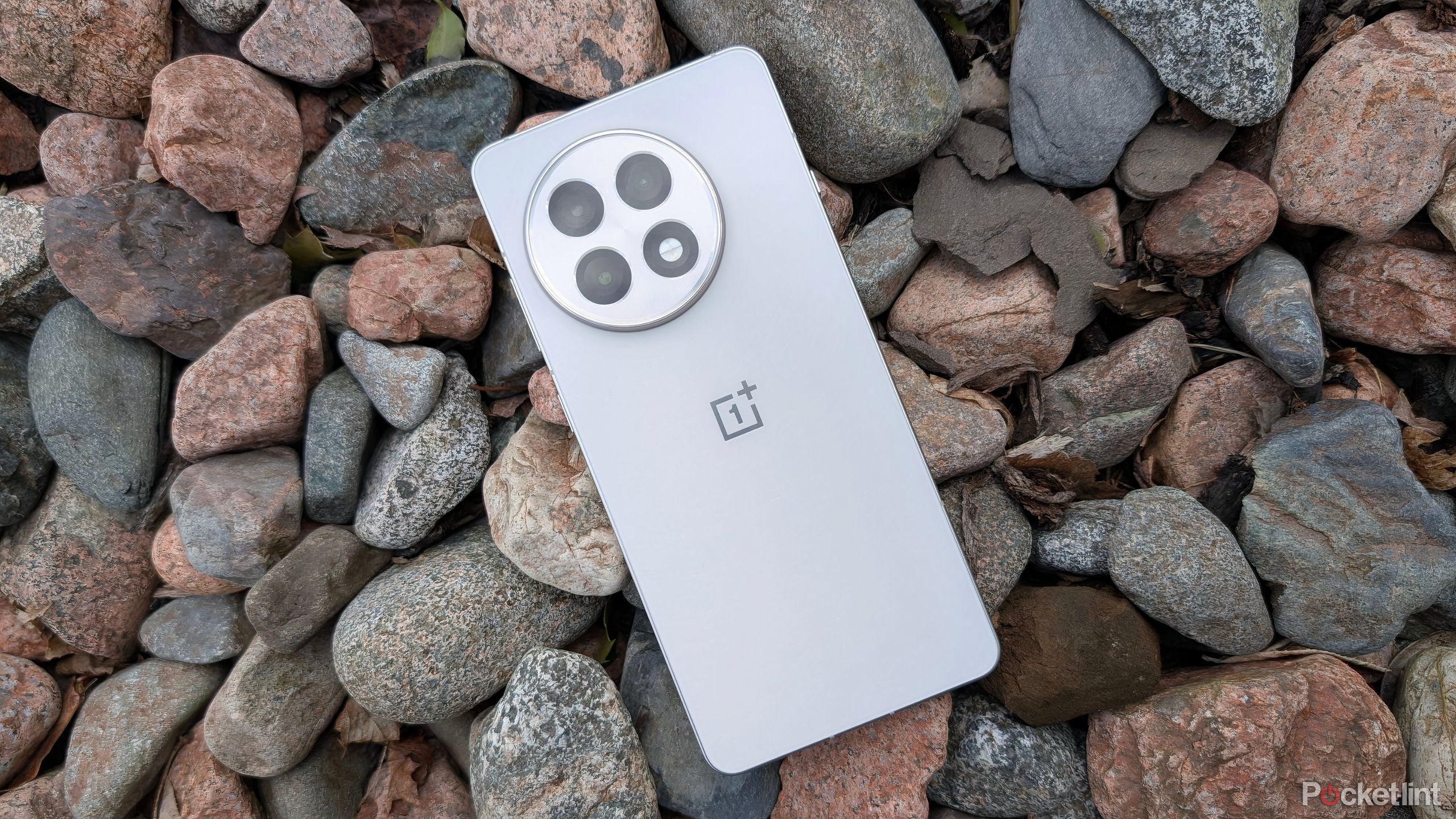Here’s everything we expect, and want, to see from iPad in 2022
2021 was a stellar year for iPad. We’re hoping Apple keeps up the pace next year.
There’s no denying 2021 was a stellar year for iPad. Though Apple has several iPad products lines to maintain these days, the company pushed out updates across almost all of them this year with some breakthrough new technologies.
The iPad faithful, myself included, will be hoping this pace of innovation is maintained through 2022 as the Cupertino giant continues to shape what the iPad is. So, with 2021 about to fade away in the rearview mirror, we turn our attention to what the year ahead has in store for Apple’s tablet lineup.
iPad in 2022: What I expect to see
Apple is nothing if not a company of patterns, especially in the last decade. The best way to get a feel for what the future will bring is to look at the past. There are a few glaring areas of opportunity for Apple regarding the iPad, which I expect will be addressed in the coming year.
iPad Air upgrade
Apple’s iPad Air 4 is now the oldest tablet in Apple’s current lineup, released in fall 2020. That’s not to say it’s a bad device. On the contrary, thanks to its careful balance between power and price, we still list it as the best iPad for most people. And yet, it’s no doubt the device in the lineup that is the most likely candidate for an update.
iPad Air is the most likely candidate for an update.
Design-wise, the iPad Air still looks the part with its edge-to-edge display, which is unlikely to change significantly on the next revision. More likely upgrades include camera specs closer to those in the 2021 iPad Pro and a boosted processor. Though it’s still powerful today, the 4th-gen iPad Air runs Apple’s A14 Bionic chip from 2020, which will likely be outpaced substantially by an as-yet-unannounced A16 by the fall of next year.
Rumors had previously suggested the iPad Air might be the first to adopt an OLED display, though more recent reports indicate iPad Air will get OLED in 2023 at the earliest. In addition, face ID is expected to remain an iPad Pro-exclusive feature next year, though the iPad Air is usually the first to gain these Pro-level features.
Mini-LED 11-inch iPad Pro
Mini-LED proved to be a tremendous upgrade for the 2021 iPad Pro, but only the larger and more expensive, 12.9-inch model benefitted from it this year, with its smaller counterpart sticking with LCD.
Since the differently-sized iPad Pro models have been essentially the same in all but size since they first launched, it was a curious decision to bifurcate the product line in this way. Still, we expect Apple will rectify this at the next opportunity, perhaps as soon as next year. Unfortunately, OLED seems to be a way off still, so we expect Apple will continue with mini-LED at least in the short term.
It remains to be seen if the iPad Pro will see other fundamental changes next year, though reports suggest it may feature wireless charging and have improved 5G. A processor bump is likely, too.
More M chips in more devices
The M1 chip can already be found in the iPad Pro, and it is astonishingly powerful. With M1 Pro and M1 Max chips shipping with Apple’s latest 2021 MacBook Pro models, 2022 will hopefully continue the trend of moving the latest M-series of chips down to the iPad.
It’s possible a 2022 iPad Pro would adopt the M1 Pro chip (less likely that it would use the iPad to debut an M2 chip before it appears in a Mac), and we may see the M1 make its way down the iPad line by taking the place of the A-series chip in the next iPad Air. Apple might choose to keep the M-series chips as an iPad Pro-exclusive selling point, but the Air line tends to be next in line for previously top-tier features.
Fundamental iPadOS changes
Apple has to walk a fine line with iPadOS. For every iPad power user wanting to get more out of the OS running on their souped-up iPad Pro, there are dozens of average Joes and Janes just wanting an easy way to browse the web, read their email, or watch a movie.
In my iPadOS 15 review, I wrote that the 2021 update improved foundational experiences while offering just a few new features. That’s not to say it was a bad or disappointing update — it certainly makes using an iPad more pleasant for power users with better Multitasking and keyboard shortcuts without reinventing the wheel for everyone else.
Apple hasn’t ye shown why it split iPadOS out from iOS.
However, Apple hasn’t yet shown the reasoning behind splitting out iPadOS into its own thing, in name at least, from iOS. While iPadOS 15 was light on standout new features, Apple touched almost the entire OS with 2021’s update and made it more usable for more people and polished off any rough edges.
In my opinion, 2022 is the year Apple takes iPadOS to the next level with some fundamental changes. Whether it’s proper external monitor support, M1-native apps, more floating windows à la Quick Note, more Home screen customization options, multi-user support, or something else, iPadOS seems primed for significant changes.
iPad in 2022: What I want to see
We’re certainly likely to see much of the above next year, if not all of it, but with strong momentum behind the iPad from 2021, I’d like to see Apple push the envelope even further next year.
A redesigned entry-level iPad
Apple’s 2021 iPad is now the only current device in Apple’s tablet lineup, outside of the iPhone SE, that maintains the ‘forehead-and-chin’ design. While base-level iPad buyers are likely familiar with the Home button, it anchoring their one-app-at-a-time user experience, it’s time that the iPad moved away from a design language that harkens back to the first-ever iPad from 2010.
I’m not sure it will happen next year, but the next update to the affordable iPad should look more like the rest of the iPad and iPhone lineup. That’s not just for consistency in terms of the physical design but also for UI and app experiences across the lineup.
A bigger iPad
Amazon just launched its Echo Show 15, a stupendously large tablet aimed squarely at smart home users. It’s certainly not going to appeal to everyone, but at the very least, it is a proof of concept for the large tablet in the home.
A 15-inch iPad wouldn’t be cheap.
An iPad in the region of 15 inches would break new ground for Apple. In addition, it could potentially be a boon for HomeKit users who prefer visual information rather than relying solely on Siri voice commands via HomePods.
If you want a larger screen for getting work done, Apple has a clear advantage in software with iPadOS and the App Store — areas in which Amazon certainly doesn’t compete.
Sure, an Apple-designed iPad of this size would be niche and expensive, but it would be welcomed by those it suits.
Mac-like MagSafe
Though there are rumors that wireless charging is coming to iPads next year for the first time, this is said to work much like Qi charging on an iPhone, requiring a glass back and wireless charging pad. Personally, it would make much more sense to see Mac-like MagSafe charging appear on iPad, at least on the Pro models.
For many iPad Pro users, these devices are used as laptop replacements or in desk setups where a snag-free MagSafe cord would make much more sense than a puck attached to the back of the device. Apple has already shown how willing it is to use magnets in its iPad accessories, but I’m not sure quite how open it would be to have an additional port on the side of the device solely for MagSafe charging.
Mac and iPad app parity
With Apple’s Mac lineup moving to Apple-designed ARM-based chips, there’s a common architecture that allows M1 Macs to run iOS and iPadOS apps. While some app developers have updated their apps to optimize them for use on macOS, most haven’t, but the apps can still be used in this way.
The problem is that the experience differs significantly from app to app, with many iPadOS apps loaded up on the Mac still looking and feeling like iPad apps. While it got better with macOS Monterey, I’d love to see true feature parity between iPad and Mac apps and a great, platform-specific experience no matter what device I pick up.
As always, we’ll wait and see
With no official Apple announcements likely until spring, we’re in the dark about what the future of the iPad looks like.
Looking at previous patterns and rumors from reliable sources, we can piece together some of what is coming, but, as always, nothing is official until Apple stands on the stage and says so. 2021 was an exciting year for the iPad, especially in terms of the hardware. Let’s hope 2022 keeps up that pace.
